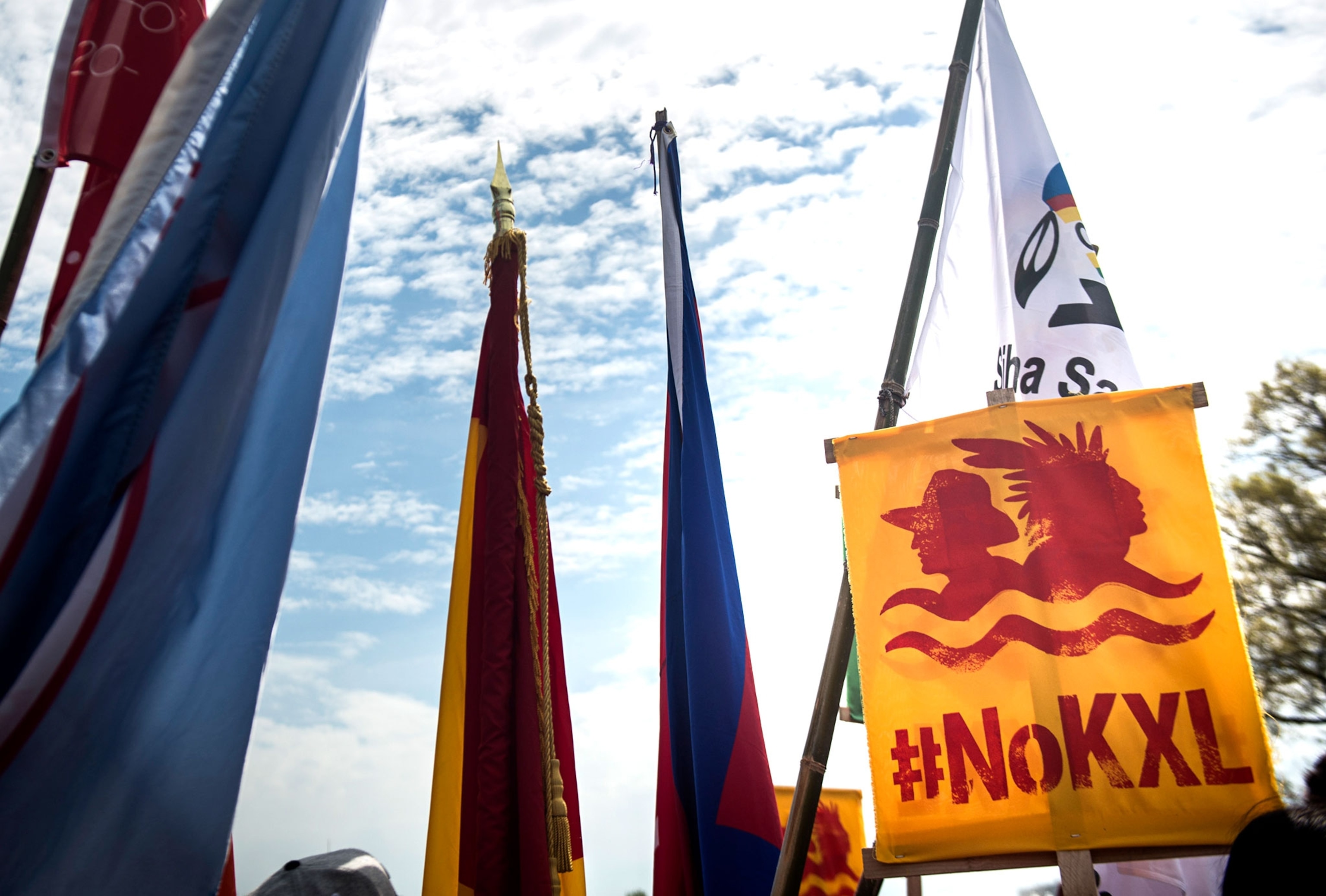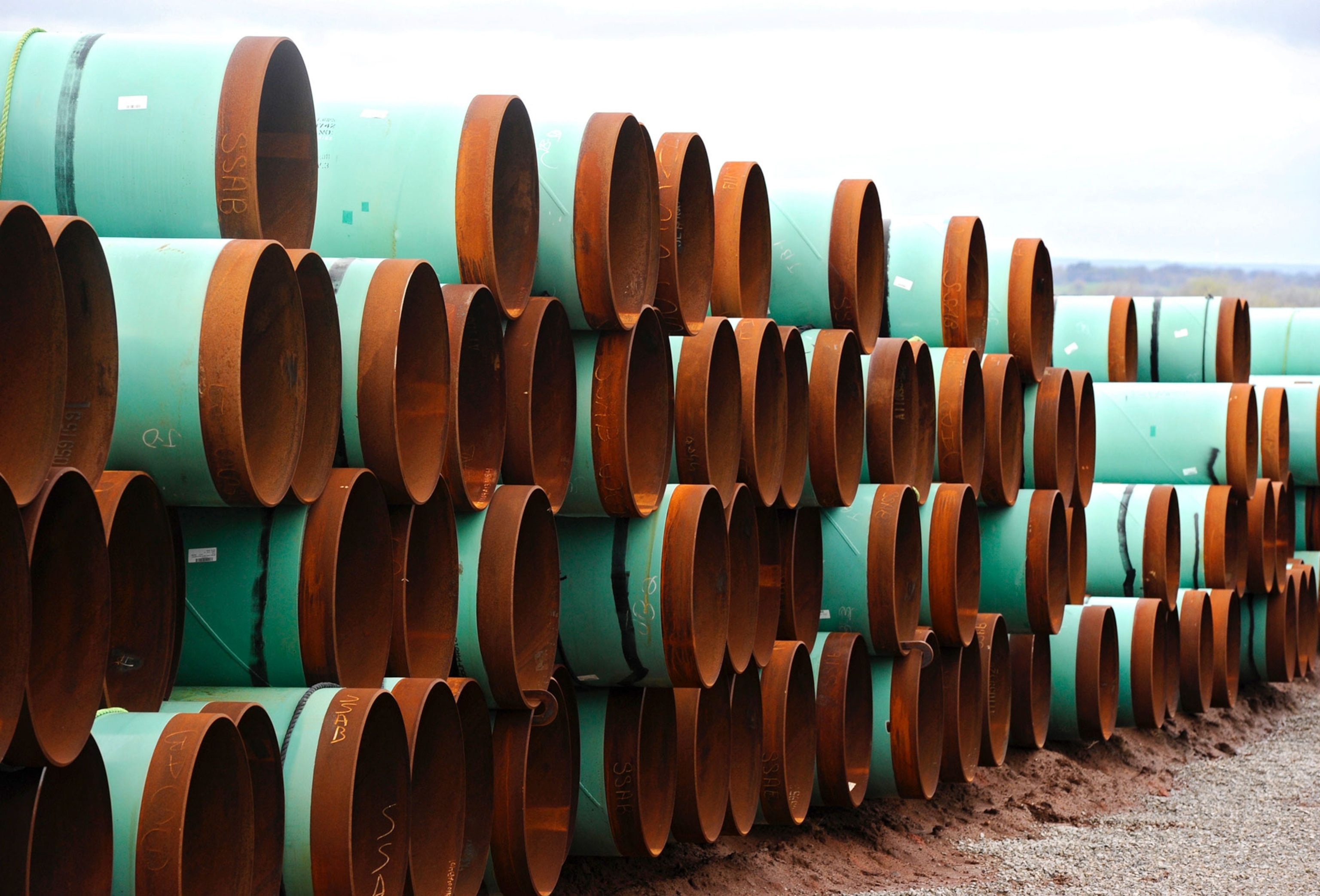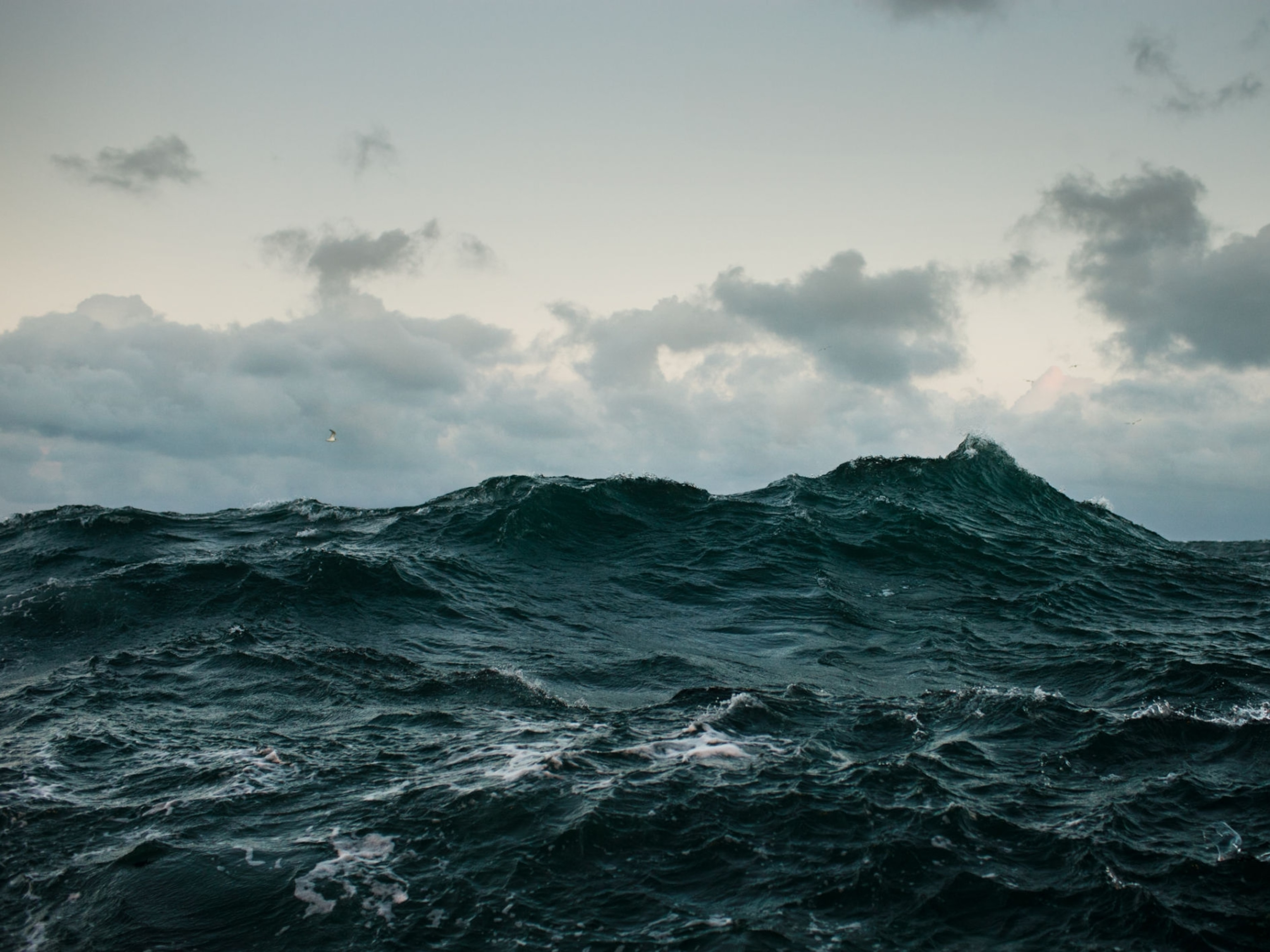
4 Things You Need to Know About the Approved Keystone XL Pipeline
The big infrastructure project may have important impacts on climate, animals, and people. Here's how.
President Donald Trump announced that he is granting approval to the controversial Keystone XL Pipeline on Friday morning. Trump said the 1,900-mile pipeline—which will cross much of the Great Plains in a path from Alberta to the Gulf of Mexico—will be “the first of many infrastructure projects” to stimulate jobs (see a map of the route).
TransCanada, the Calgary-based company behind the pipeline, was issued the construction permit from the State Department the same day.
The pipeline has been a hot-button issue for years, pitting the fossil-fuel industry against many environmentalists, who have said the project will increase the country’s reliance on oil (particularly dirty oil from Canada’s vast tar sands), harm sensitive lands and wildlife along its course, and signal to the world that the U.S. has not yet gotten serious about addressing the greenhouse gases that cause global warming. The country should invest more in renewable alternatives, a coalition of green groups has argued. (Learn about a young writer's five-month journey down the pipeline's proposed route.)
Last year turned out to be a big one for battles over pipelines, from Keystone to the Dakota Access, to fights in Florida and Canada. Canadian Prime Minister Justin Trudeau rejected the Northern Gateway pipeline, which would have brought oil from the Alberta oil sands to the pristine northern British Columbia coast, while he approved expansion of the Trans Mountain pipeline from Alberta to Vancouver.
Trump’s approval of the Keystone XL pipeline was expected based on comments made during his campaign for office. In January he issed an order that paved the way for the project’s approval.
Here’s what you need to know about Keystone XL:
1. The pipeline may impact wildlife.
Opponents have warned that the pipeline could endanger many animals and their habitats in the U.S. and Canada through the infrastructure’s construction, maintenance, and possible failures that could lead to an oil spill.
The critically endangered whooping crane is at risk of flying into new power lines that would be constructed to keep oil pumping through the Keystone XL pipeline, the National Wildlife Federation has said. While the greater sage-grouse isn’t officially an endangered species, it has already lost some of its habitat, and the Keystone XL pipeline route is close enough to areas where grouse mate that noise from roads, pumping stations, and construction could impact the breeding success of this shy bird.
The Keystone XL pipeline route would go through most of the remaining locations of the swift fox, a tiny canid about the size of a house cat. The U.S. State Department’s Environmental Impact Report also said that some American burying beetles will be killed and their habitats destroyed by the pipeline, though the agency added that a monitoring and habitat-restoration program would help mitigate losses and the species wouldn’t be seriously threatened.
After initial opposition, TransCanada agreed to change its planned pipeline route to go around the environmentally sensitive Nebaska Sandhills, bury the pipeline deeper in the ground than they had planned, and closely monitor the pipeline’s safety. These steps are intended to help minimize the harm of an oil spill if one happens.

2. The pipeline may increase oil production.
Once built, about 830,000 barrels of heavy crude oil per day will flow from Alberta, Canada, to the refineries along the U.S. Gulf Coast, which are built to handle the kind of heavy crude oil that comes out of the tar sands. Those refineries need crude oil in order to function and to support the people who work there, and places like Mexico and Venezuela, which typically export oil to the U.S., are beginning to run out of it.
3. Will the pipeline contribute to climate change?
Many climate activists have opposed the pipeline on the suspicion that it may increase our reliance on, and use, of fossil fuels, and further delay investment in more renewable technologies. However, a direct connection to this possibility has been hard to establish.
The State Department said in a 2014 assessment that the Keystone XL pipeline would have no additional impact on greenhouse gas emissions because the oil would be extracted from tar sands in Canada at the same rate anyways, regardless of whether or not the pipeline was built. The oil companies did have other options available, including sending their product via trains (which can increase risk of accidents), and other pipeline routes.
To make matters more complicated, the EPA contested the State Department’s finding, saying that extracting oil from the tar sands generates more greenhouse gases than extracting oil through more conventional methods and therefore contributes to a greater amount of greenhouse gas emissions over time. If more pipelines are built, more oil could theoretically be extracted at a faster rate, meaning greenhouse gases would actually be released more quickly, that agency said.
The Natural Resources Defense Council agreed with the EPA, saying Keystone would accelerate the pace and expand the scale of tar sands extraction.
4. The pipeline’s mixed picture on jobs.
The State Department estimates that the Keystone XL pipeline would create 42,100 jobs over the one to two years of the pipeline’s construction and would create 50 permanent jobs. It would also contribute to keeping oil refinery jobs along the Gulf.
However, environmentalists counter that more jobs could be created quicker in renewable energy. Last year, solar employed more people than traditional coal, oil, and gas combined, they point out. (See dramatic pictures of solar and wind energy.)
Heather Brady contributed to this story.







